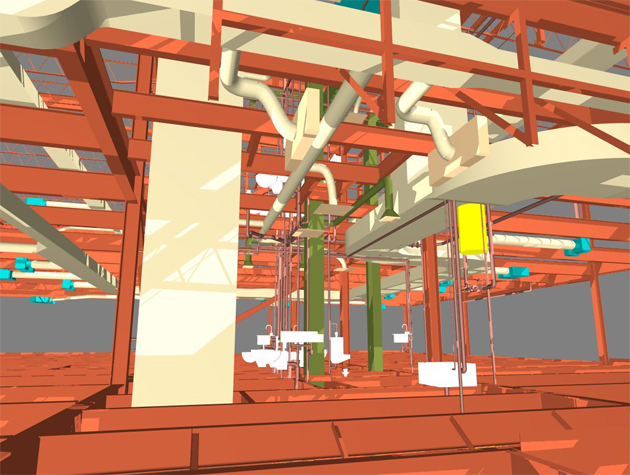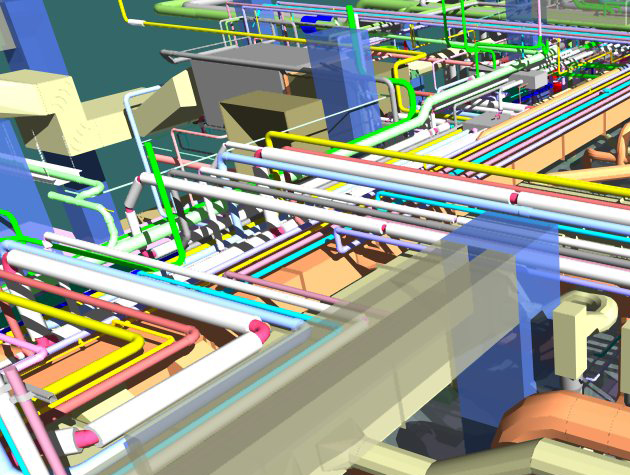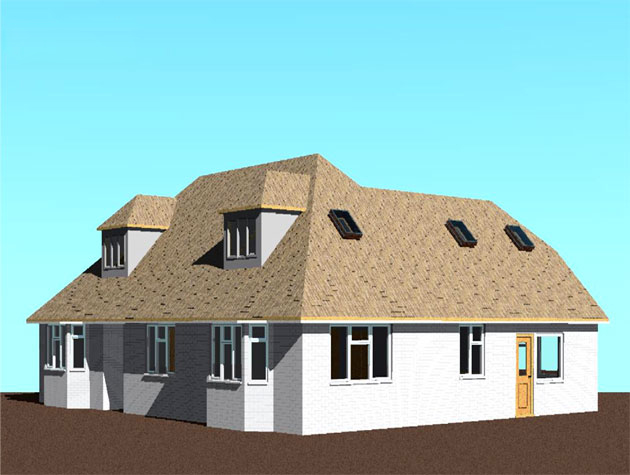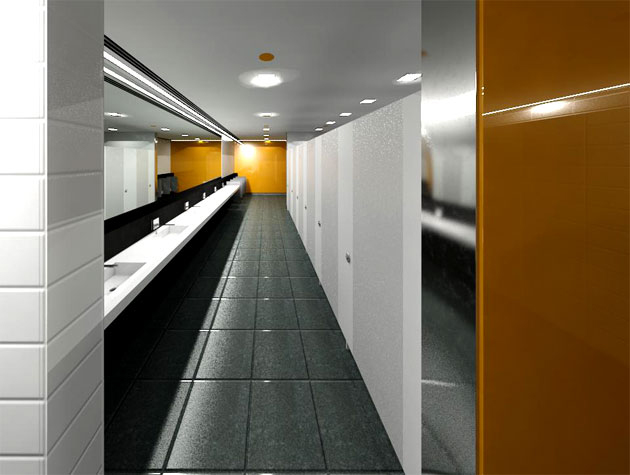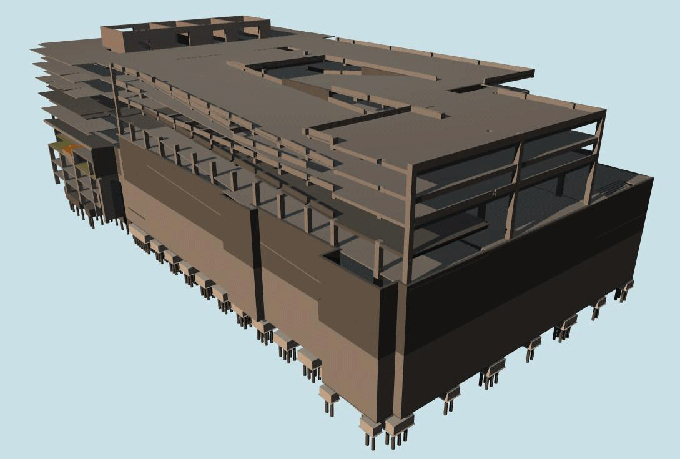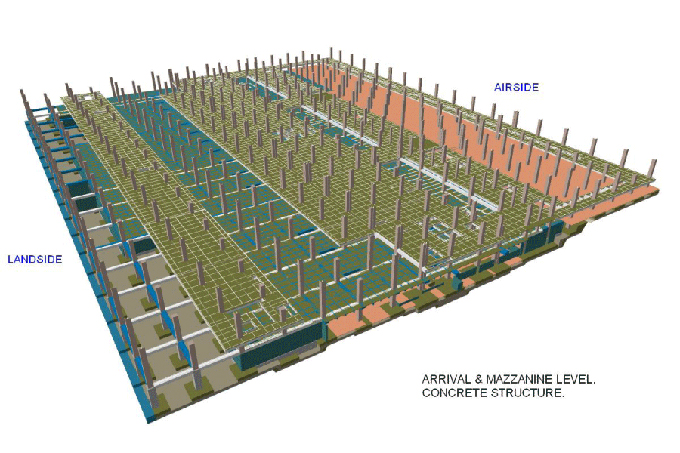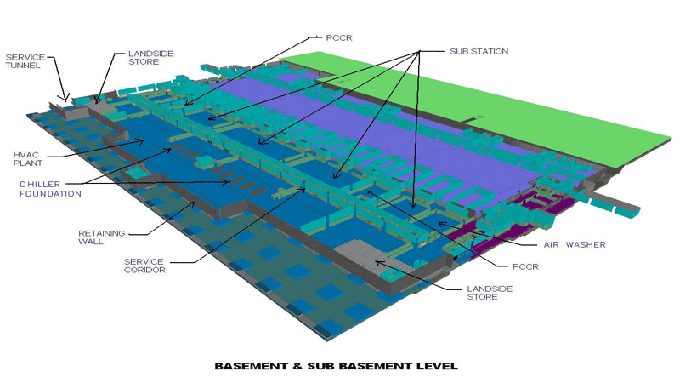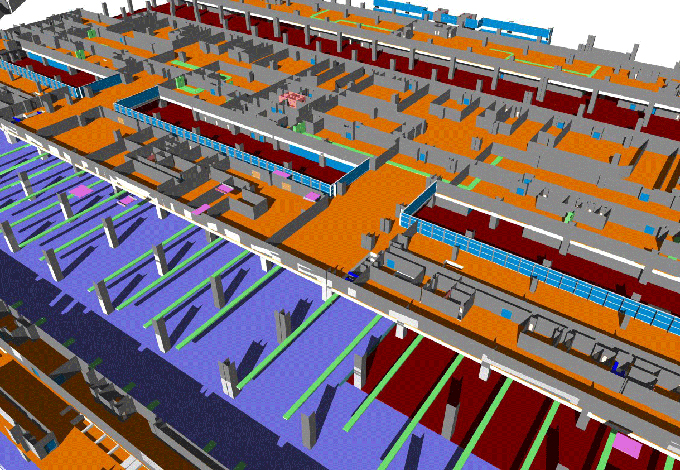Exploring BIM Dimensions: 3D, 4D, 5D, 6D, 7D and 8D BIM
Tweet
Building Information Modeling (BIM) dimensions refer to the different levels of information or aspects that are embraced in the BIM models. A specific type of data has been represented by each type of information which helps to enhance the decision-making process and the project management through the entire project lifecycle. The different types of BIM dimensions include:

2D BIM
This digital geometric model constitutes the X and Y axis which is related to the information about the projects that fall under 2D BIM. This dimension helps to provide constraints, parameters, and the concept which is associated with the design model.
3D BIM
This digital geometric model constitutes the X, Y, and Z axis. The spatial representation of the physical elements of a building structure has been represented by the 3D BIM. 3D models help to facilitate 2D views of building structures at different levels of detail and are widely used in the AEC industry.
4D BIM
In 4D BIM, the dimension of “time” is added along with other three geometrical coordinates. This dimension involves data scheduling which dictates the completion of the project timeline. This dimension also helps to elaborate the on-time requirement for the construction procedure.
5D BIM
There is an added feature in 5D BIM which is cost estimation. This dimension is beneficial in the case of cost and budget analysis. The project owners are able to analyze financial incurrences for the construction project over a fixed time period by this dimension.
6D BIM
This dimension helps to elaborate the facility management of the building project. This dimension helps to monitor the information about the status of the project, the project warranty information, project maintenance, and other details.
7D BIM
The energy consumption estimates have been analyzed by this dimension. In addition, this dimension also helps to integrate the facility management, information including operation and maintenance of warranties, manuals, asset management data, and others.
8D BIM
The health and safety information is added to the data set by 8D BIM. This dimension helps to integrate the hazard mitigation and risk assessment process into the design model to enhance safety management.
Benefits of 6D BIM

Improved project visualization
A comprehensive digital representation of the project has been provided by 6D BIM which helps to allow the stakeholders to visualize the construction project lifecycle. The project visualization includes the sequencing of the construction process, and the maintenance activity of the project, and also helps to facilitate better collaboration among the team members.
Increase sustainability and energy efficiency
The environmental impacts have been assessed by project team members with the help of 6D BIM. The simulation and analysis of the carbon emissions, energy consumption, and operational cost of the projects by 6D BIM helps to optimize the energy efficiency and sustainability of the building structure.
Facility management
Facility managers of the construction project are able to access information about the scheduled maintenance of the building, specifications of the equipment, and operating manuals with the help of this 6D BIM dimension. Thus the facility management tasks have been streamlined. In addition, the maintenance cost of the project has been reduced, the operational efficiency of the project has been increased and the lifespan of the project assets has been expanded.
Upgrade time and cost management
This 6D BIM dimension also enables the accurate estimation of the project lifecycle. The optimization of the resource allocation and identification of the project issues has been done by using this dimension which helps to improve the planning of the project and leads to upgrading the cost and time management of the project.
Risk mitigation and safety enhancement
Virtual simulations are also allowed by this dimension. In addition, 6D BIM also allows the detection of clashes before the beginning of the construction project. This helps to minimize the on-site risks and avoids the chances of costly reworks thus improving the overall safety and quality of the project.
The Usefulness of 7D BIM Software

7D BIM software helps to track the important asset data of a construction project including the status of the project, warranty information of the project, technical specification of the project, and others. This 7D BIM software is a unique approach in which everything is related to the facility management process. This 7D BIM offers a dynamic approach to enable the improved decision-making process and long-term value for the project. The benefits of using 7D BIM in construction project include:
Cost analysis of the project lifecycle
7D BIM helps to incorporate the cost data throughout the lifecycle of the project. Through this dimension, stakeholders can assess the financial implications regarding the material choices, design decisions, and maintenance strategies which helps to improve the manage the budget of the project.
Improving the performance of project assets
7D BIM also enables the project team members to monitor the performance of the components and building systems throughout the operational lifecycle of the project. This helps to allow the proactive maintenance of the project and optimization of the asset performance which leads to the extent of the project asset longevity.
Improved collaboration and communication
A central platform has been provided by 7D BIM which influences the collaboration among the project stakeholders. This platform also enables the real-time access of the project information which improves the coordination among the team members and helps to achieve smoother project workflow.
To get online demonstration, watch the following video tutorial.
Video Source: BuiltEvolve Channel
Improved sustainability and energy efficiency
The stakeholders are able to optimize the energy efficiency and environmental impacts of a building structure throughout its lifespan. Thus, the stakeholders can conduct energy audits and explore the sustainable design options for those buildings.
Efficient facility management
7D BIM also helps to integrate the comprehensive facility management data into the digital models. Thus facility managers can streamline the operations and optimize the resource allocation. This enhances the overall performance of the project and saves the project costs.

Gallery
Feel free to contact us for BIM requirements. One of our representative will respond you within 24 Hours. Send us your projects requirement today and grow your project.
Explore More !
